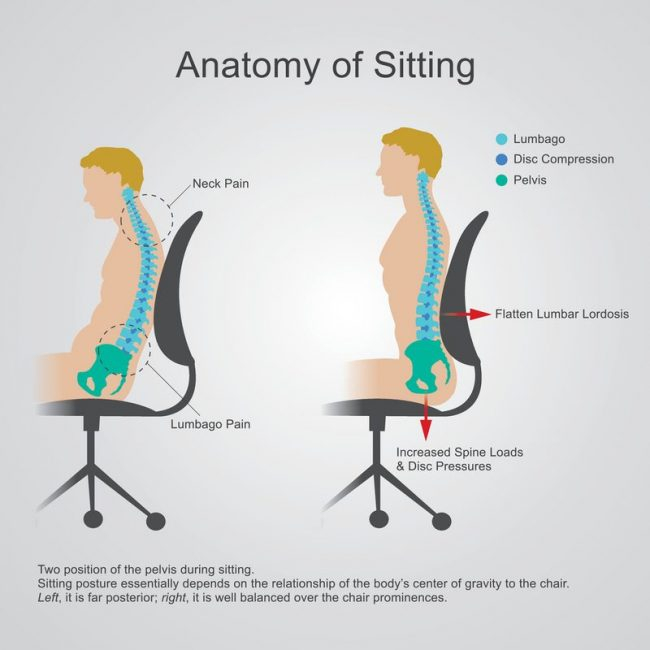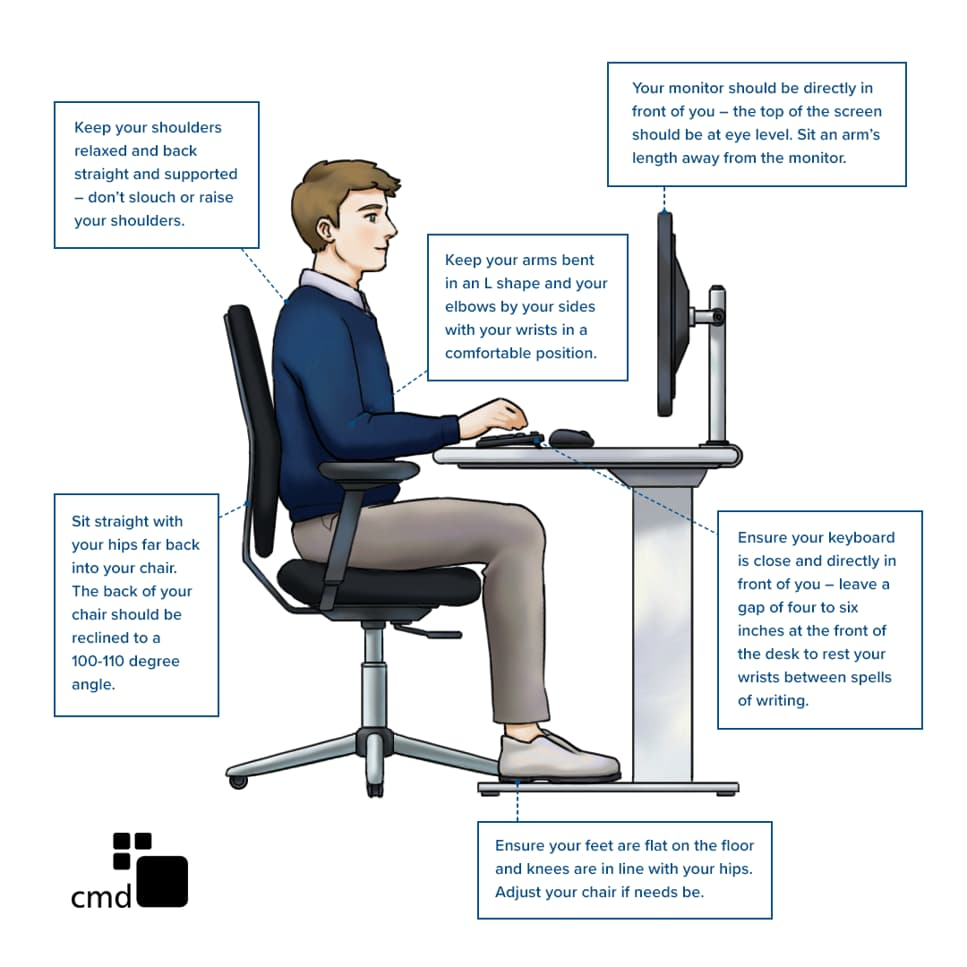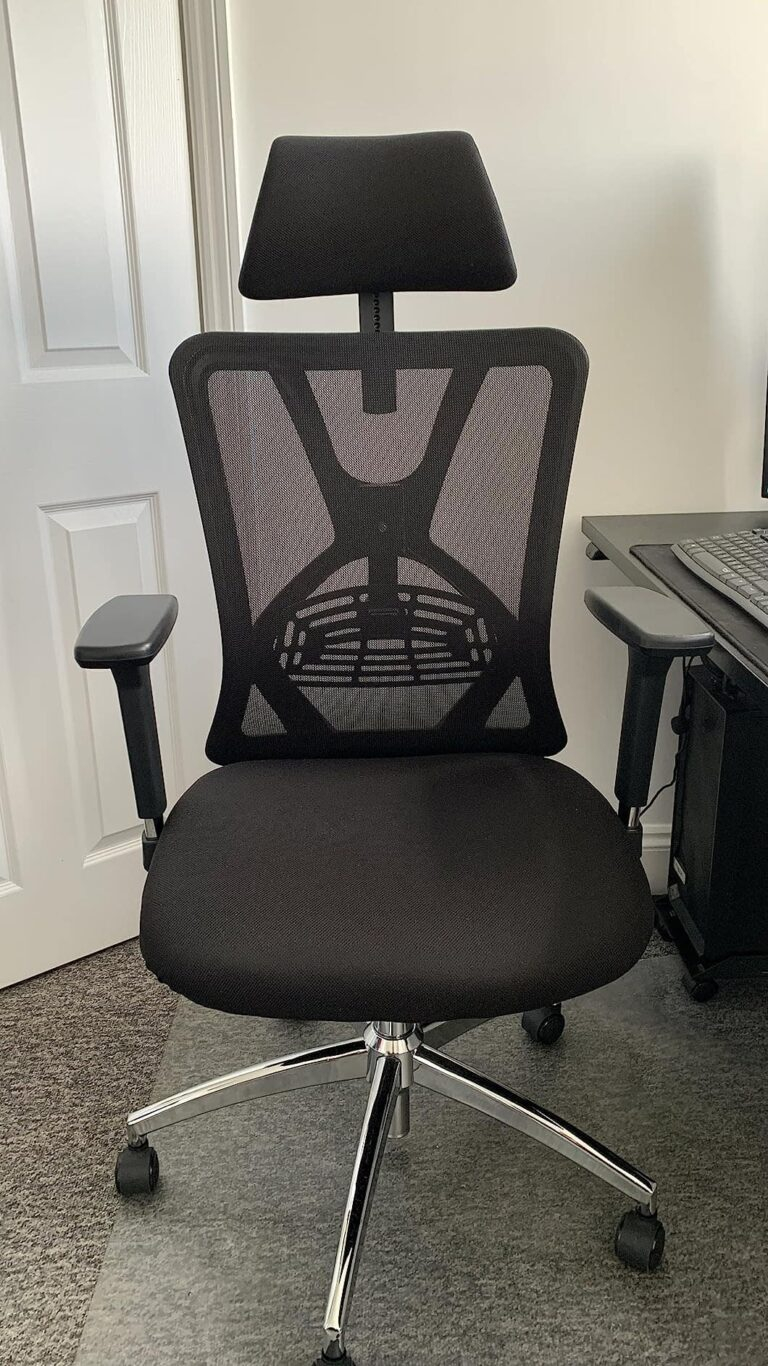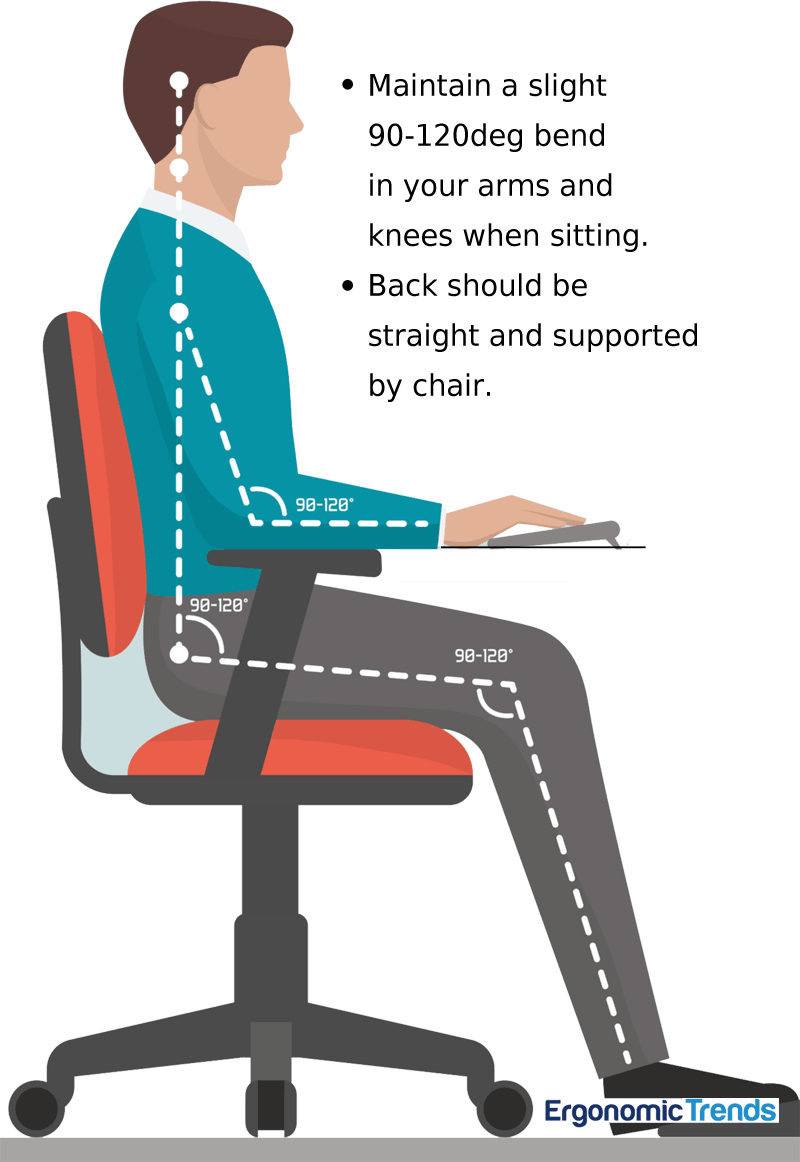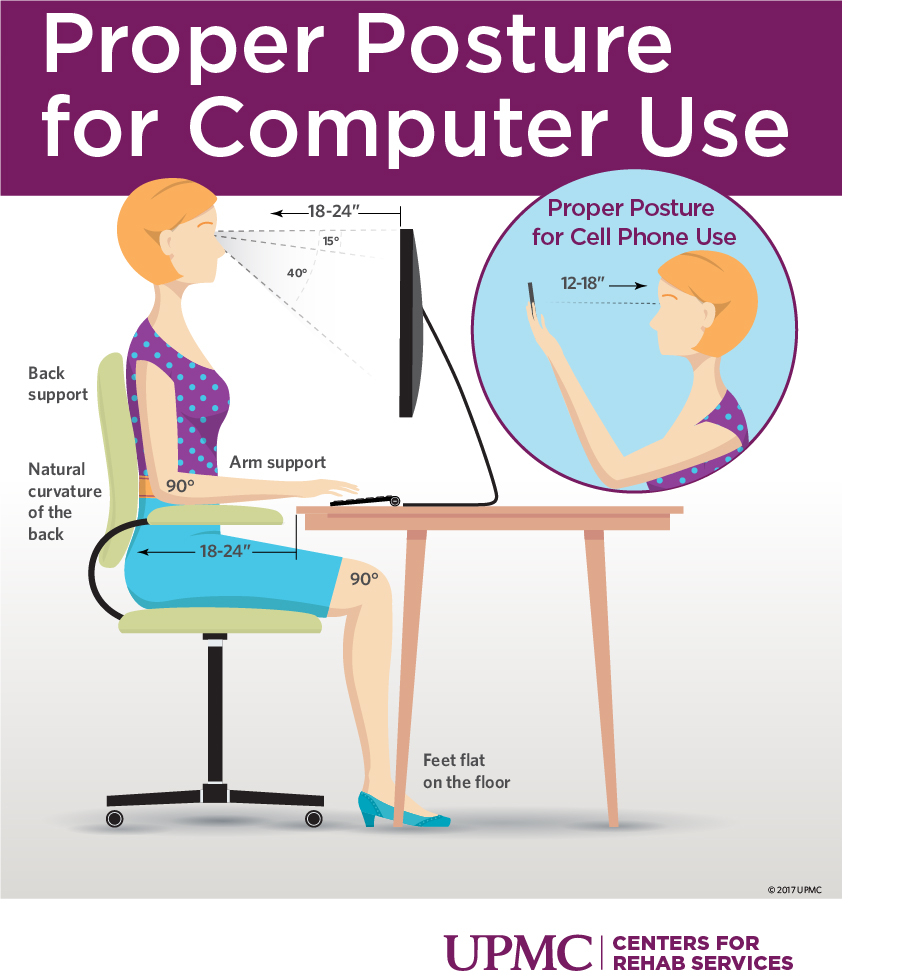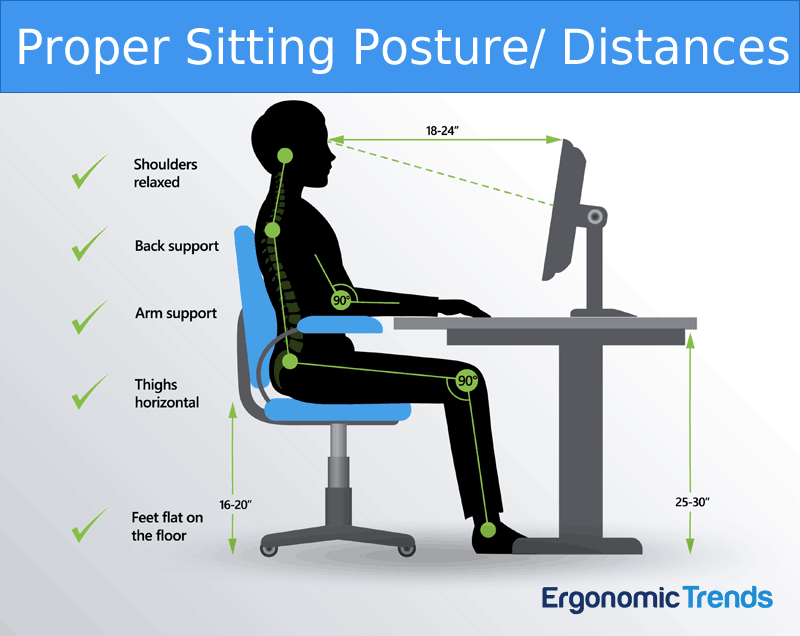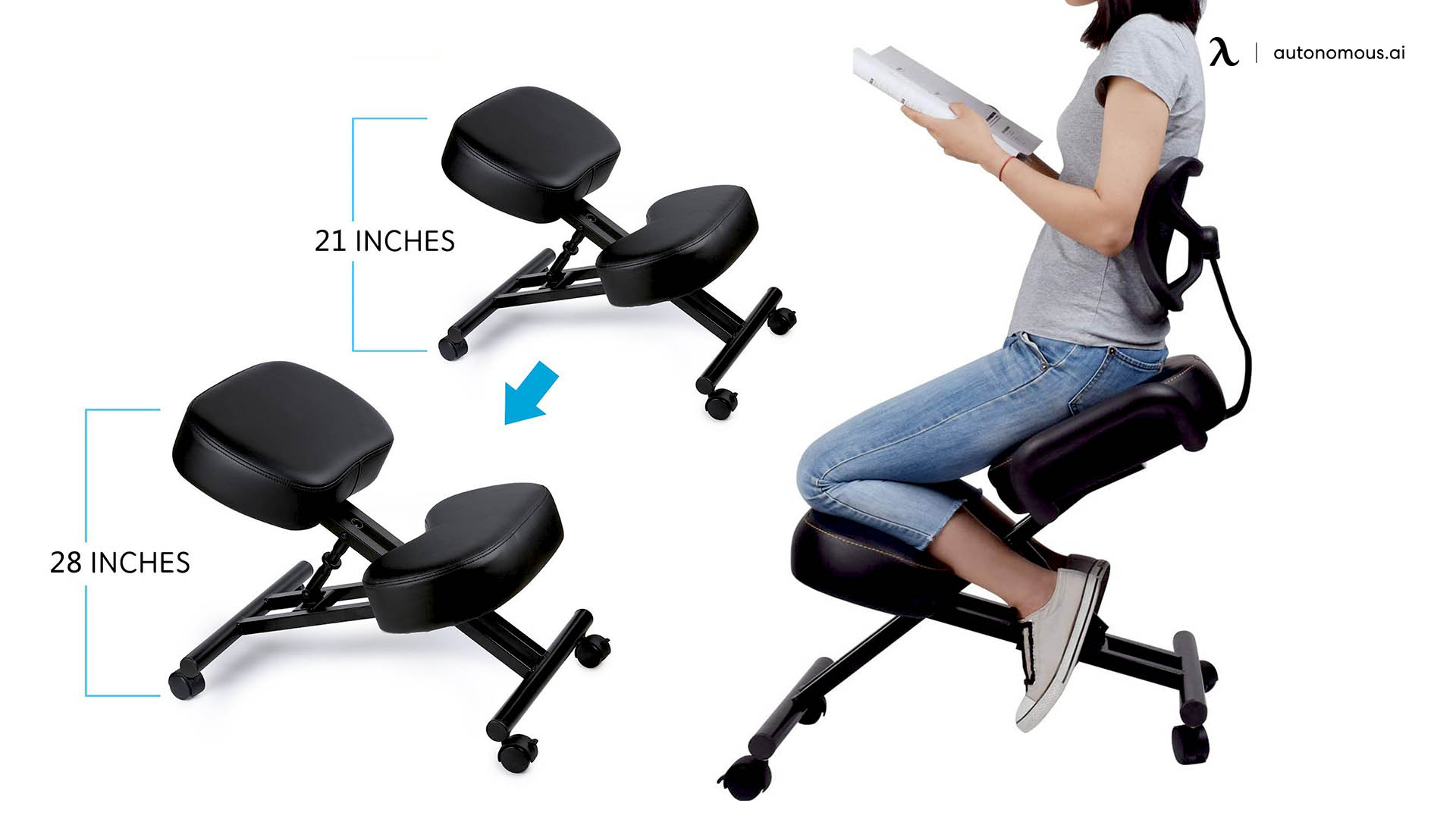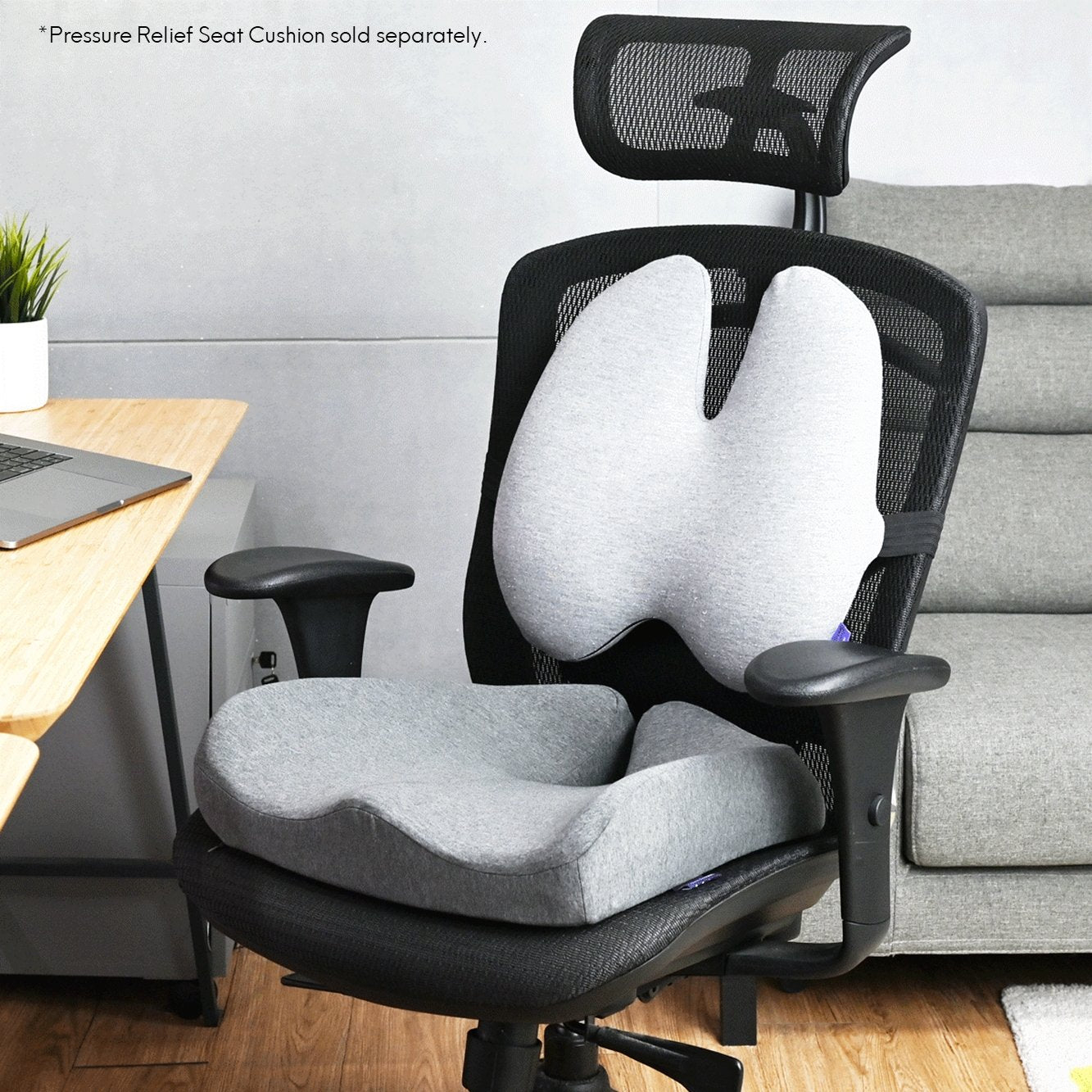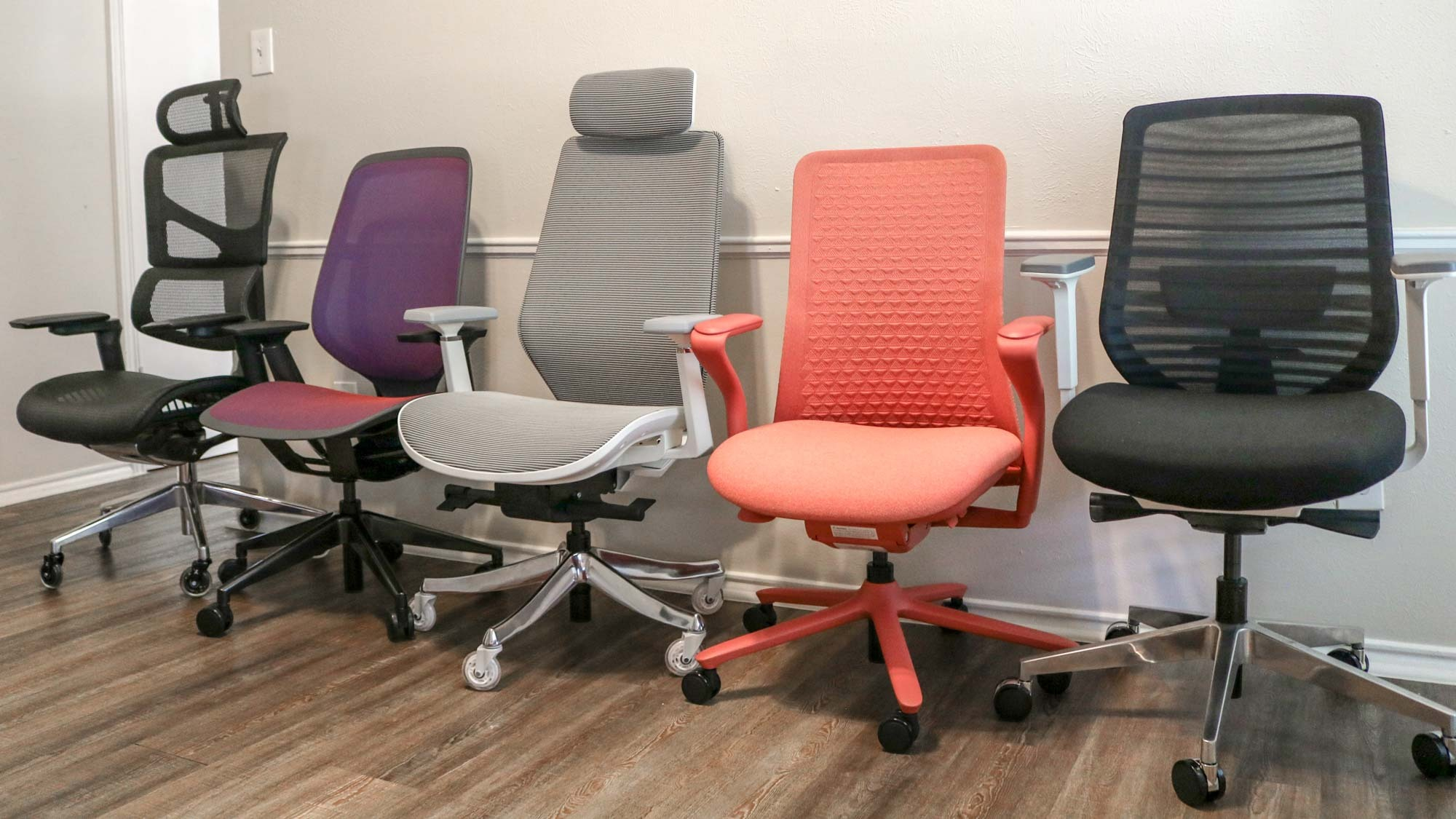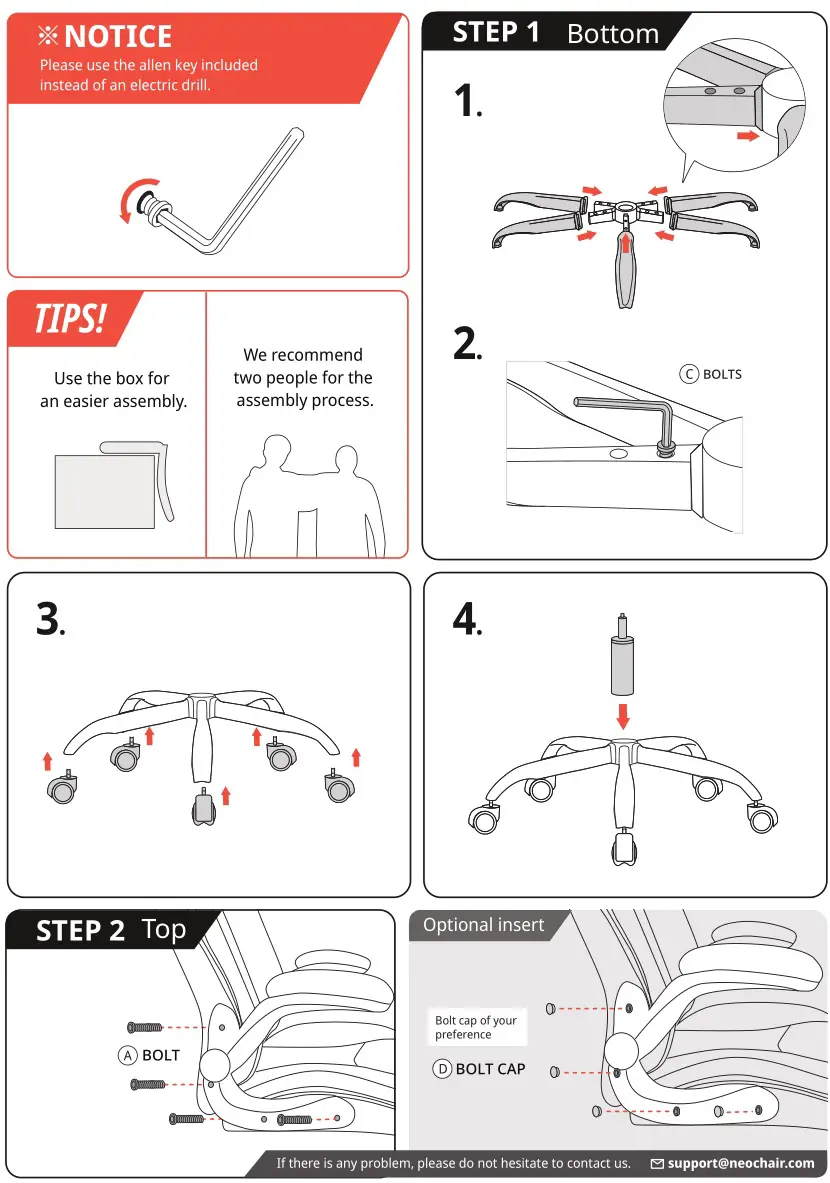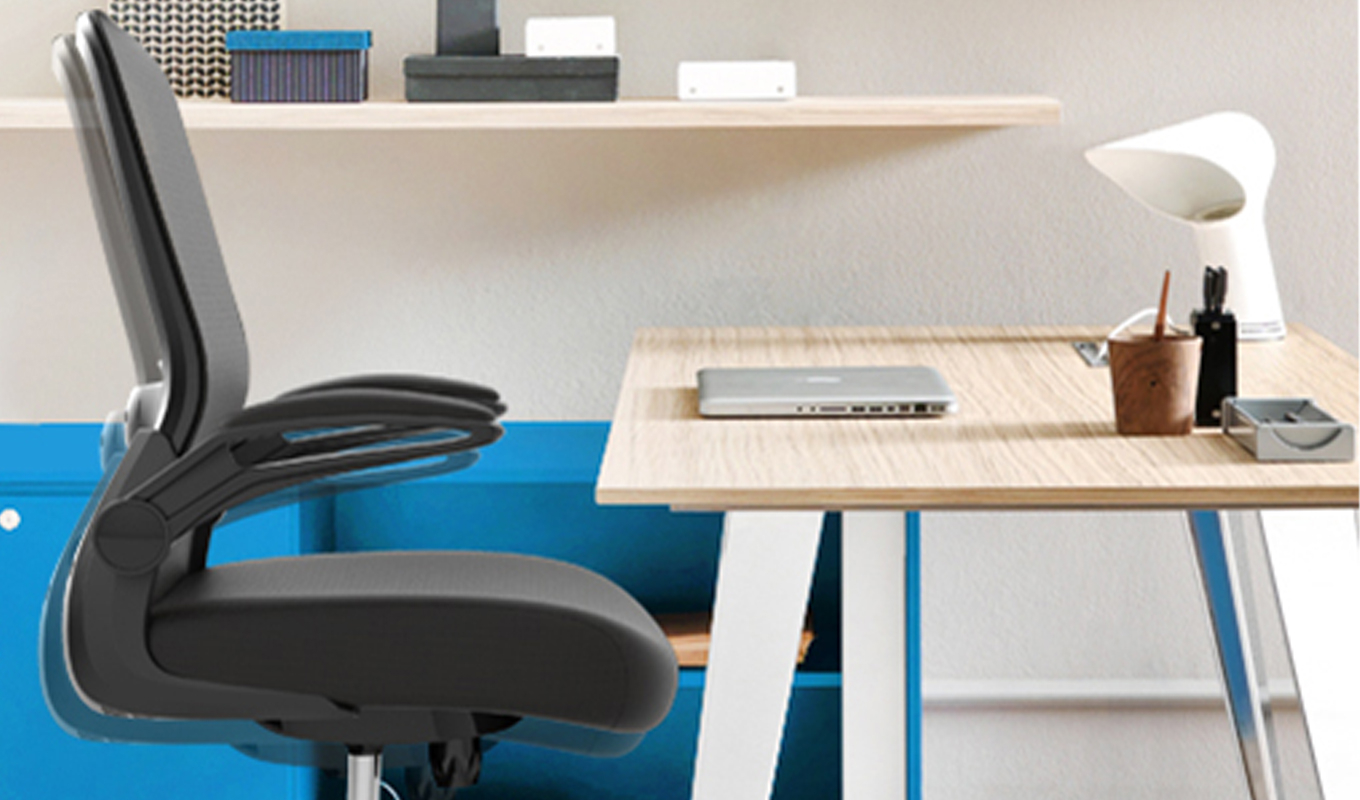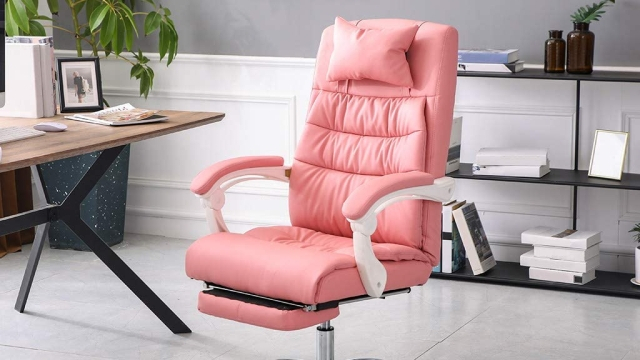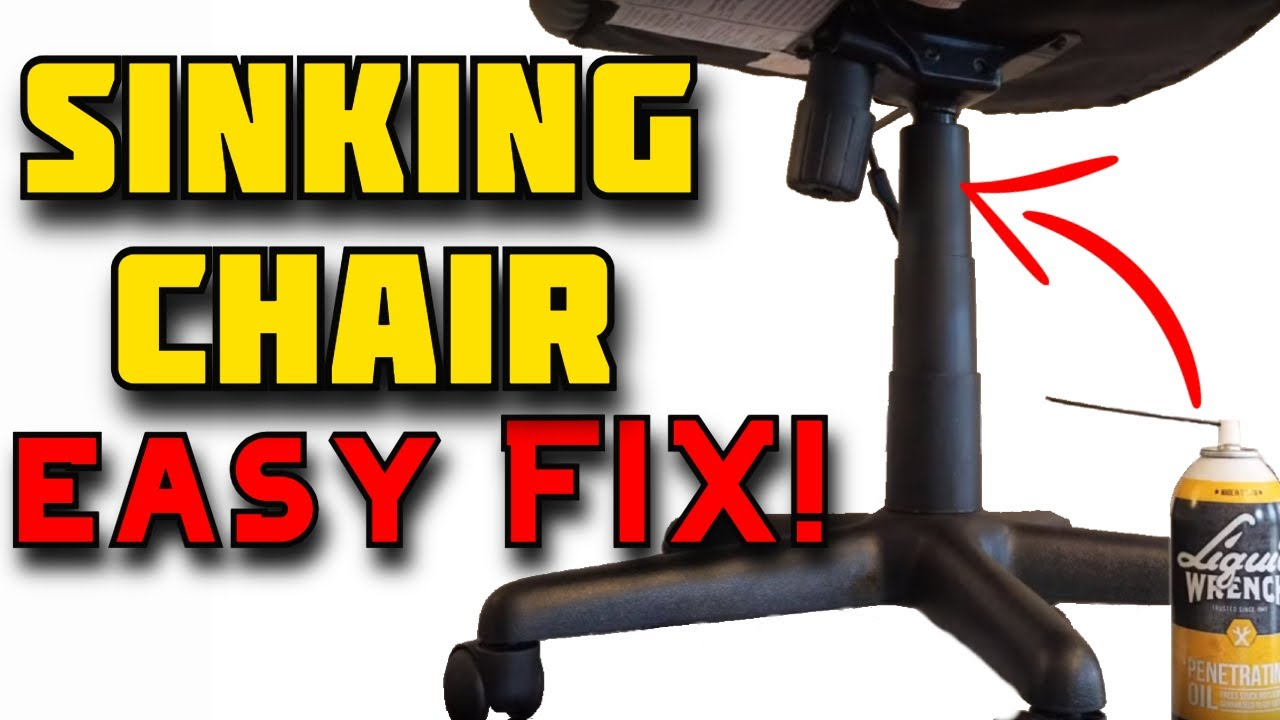We spend a huge chunk of our lives sitting, often hunched over a desk. It’s no wonder so many of us grapple with back pain and poor posture. But what if the solution was as simple as choosing the right office chair? It sounds straightforward, doesn’t it? Yet, navigating the world of ergonomic chairs can feel overwhelming. Let’s break it down, shall we? This guide is your key to unlocking a more comfortable, supportive, and posture-friendly workday. Get ready to ditch the aches and embrace a healthier way to sit.
Ever finish a workday feeling stiff, achy, or just plain drained. You might blame the long hours, the demanding tasks, or even just a bad night’s sleep. But have you considered your office chair. It’s the silent partner in your daily grind, and if it’s not supporting you properly, it can wreak havoc on your posture and overall health. Think about it: your chair is the foundation for how you sit, impacting everything from your spine alignment to your circulation. Investing in the right one isn’t just about comfort; it’s a crucial step towards preventing long-term issues and improving your daily well-being. Let’s make sitting work for you, not against you.
The Foundation: Lumbar Support is Non-Negotiable
This is perhaps the most critical feature. Your lower back, or lumbar region, has a natural inward curve. A good chair will have adjustable lumbar support that can be moved up and down and in and out to match this curve. Why is this so vital. It helps maintain the spine’s natural ‘S’ shape, preventing you from slouching and reducing strain on your lower back muscles and vertebrae. Without adequate lumbar support, your back tends to round, putting undue pressure on your discs. Look for chairs with built-in, adjustable lumbar support. Some chairs even have a ‘dynamic’ support system that moves with you as you shift your weight. It’s a game-changer for sustained comfort and proper spinal alignment.
Seat Height: Finding Your Perfect Level
Getting the seat height right is fundamental to setting up an ergonomic workstation. You want your feet to be flat on the floor, with your knees bent at roughly a 90-degree angle. Your thighs should be parallel to the floor. If your chair is too high, your feet will dangle, putting pressure on the back of your knees and encouraging you to perch on the edge of your seat, which is terrible for your posture. Too low, and you’ll find yourself hunching over your desk, straining your neck and shoulders. Most office chairs have a lever to adjust the height. Give it a test; you should be able to adjust it easily without having to get up. Ensure there’s enough clearance between the seat and your desk surface when your chair is at the correct height.
Seat Depth: Support from Thigh to Knee
Beyond just height, the depth of the seat is equally important. You want enough support for your thighs, but not so much that it presses uncomfortably against the back of your knees. There should be a gap of about two to four fingers’ width between the front edge of the seat and the back of your knees. This ensures good blood circulation to your legs and prevents nerve compression. Many modern ergonomic chairs offer adjustable seat depth, allowing you to slide the seat pan forward or backward. This feature is particularly useful if you have shorter or longer legs, ensuring a customized fit that supports your entire thigh without cutting off circulation.
Armrests: Balancing Support and Freedom
Armrests are there to provide support for your arms and shoulders, helping to reduce tension. When you’re sitting correctly, your shoulders should be relaxed, and your elbows should be bent at about a 90-degree angle, with your forearms resting comfortably parallel to the floor. The armrests should be adjustable in height and width to accommodate this position. If the armrests are too high, they’ll force your shoulders to shrug up, leading to neck and shoulder pain. If they’re too low, they won’t offer adequate support. Ideally, you should be able to slide the armrests under your desk when you’re not using them, giving you the freedom to move closer to your workspace.
Backrest and Recline: Comfort and Movement
The backrest should support the natural curve of your spine, not just your lower back. Look for a backrest that is tall enough to support your entire back, including your upper back and shoulders. The ability to recline is also a valuable feature. A good recline mechanism allows you to shift your body position throughout the day, which is essential for preventing stiffness. Some chairs offer a tilt lock, allowing you to find a comfortable angle and keep it there. Others have a ‘synchro-tilt’ where the backrest reclines at a greater ratio than the seat, promoting a more natural posture. Experiment with the recline to find what feels best for you during different tasks.
Material and Breathability: The Unsung Heroes
While not directly related to posture mechanics, the material of your chair can significantly impact your comfort and, by extension, your ability to maintain good posture. Breathable materials like mesh can prevent you from overheating and sticking to the chair, which often leads to fidgeting and poor posture. Upholstery should be durable yet comfortable. Consider the climate you work in; if it’s warm, a mesh back and seat can make a world of difference. Even the padding needs to be supportive without being too hard or too soft. You want cushioning that supports your body without allowing you to sink too deeply, which can compromise your alignment.
Choosing the right office chair is an investment in your health and productivity. It’s not just about aesthetics; it’s about functionality and how it supports your body throughout the day. By paying attention to lumbar support, seat height and depth, adjustable armrests, a supportive backrest, and breathable materials, you’re setting yourself up for success. Don’t underestimate the power of a well-chosen chair to alleviate pain, improve your posture, and boost your overall well-being. Take the time to test chairs, consider your specific needs, and make a choice that will serve you well for years to come. Your body will undoubtedly appreciate the difference.

